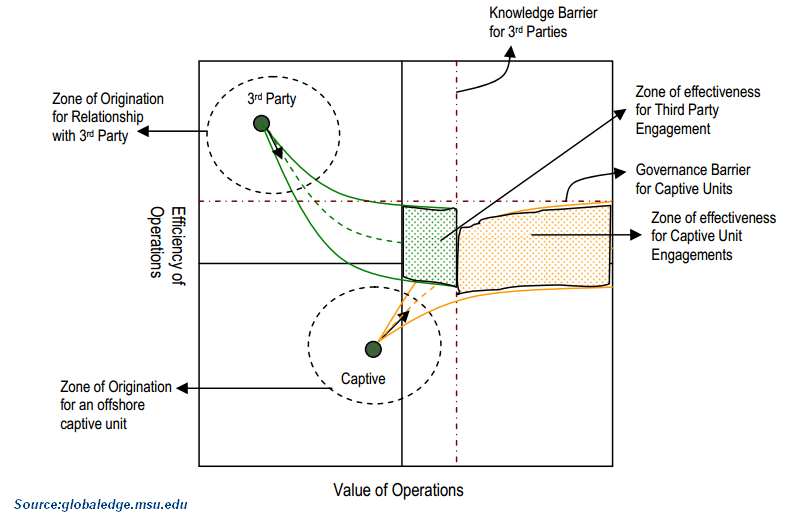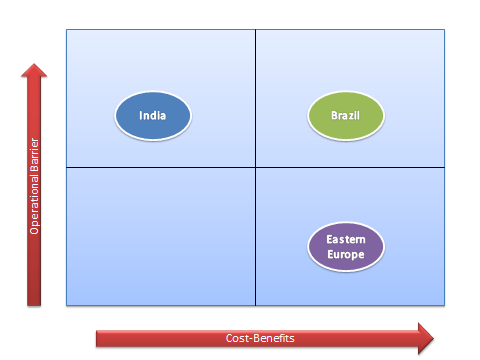In continuation to my previous blog about “captive centre – hidden factors you might overlook”, I am going to discuss about the key attributes that is essential for a successful captive centre.
The captive model will be effective only when there is a long term vision to build scale. The management should be in position to accept the reality of spending high startup costs and give them enough time to yield returns. Captive centers faced a major setback due to stereotypes nature of work assigned to them from parent company. Adding to it, ignoring captive centers for decision making is also major concern for higher failure rate. Some level of autonomy should be given to the captives in defining their own processes specific to the local culture while retaining the best practices from the parent. Sometimes, the captive centre is spun off as a new entity and becomes a vendor/customer for the parent.
The above mentioned challenges have become extremely difficult for a captive to adopt and implement which is the reason why only a few corporations have been able to reap significant returns out of their captives. There is no fixed mantra for building a successful captive, but a study of successful captives shows that a captive with larger number of employees (> 1000) and having more than one business unit is more likely to succeed than one starting small and having only a small business unit. Outsourcing is seen to deliver more value when the number of employees involved is less (< 1000).
The below figure illustrate how a captive center is limited by the governance barrier though it can deliver high value. The outsourced model is highly efficient and limited by how much knowledge the parent wants to share.
Geographical Consideration
India is seen as a destination that can offer high quality services at a lower cost, but barriers to entry for a captive are high in terms of government regulations & understanding cultural sensitivities of the local Diaspora. Brazil at this point of time is able to offer high quality services, but it comes at a higher cost with high entry of barriers. Eastern Europe has low barriers of Entry, but the costs are higher compared to that of India or Brazil.
Captive offshore operations require careful planning, long-term investment and rigorous management discipline to perform according to expectations. Companies that lack global operational management experience should consider alternative models.
- Cloud-based Development Enables Feature-based Code and Release Management - June 25, 2015
- What is Single Page Application in Web? - October 10, 2014
- What is required to build a successful captive center? - October 8, 2014










Comments